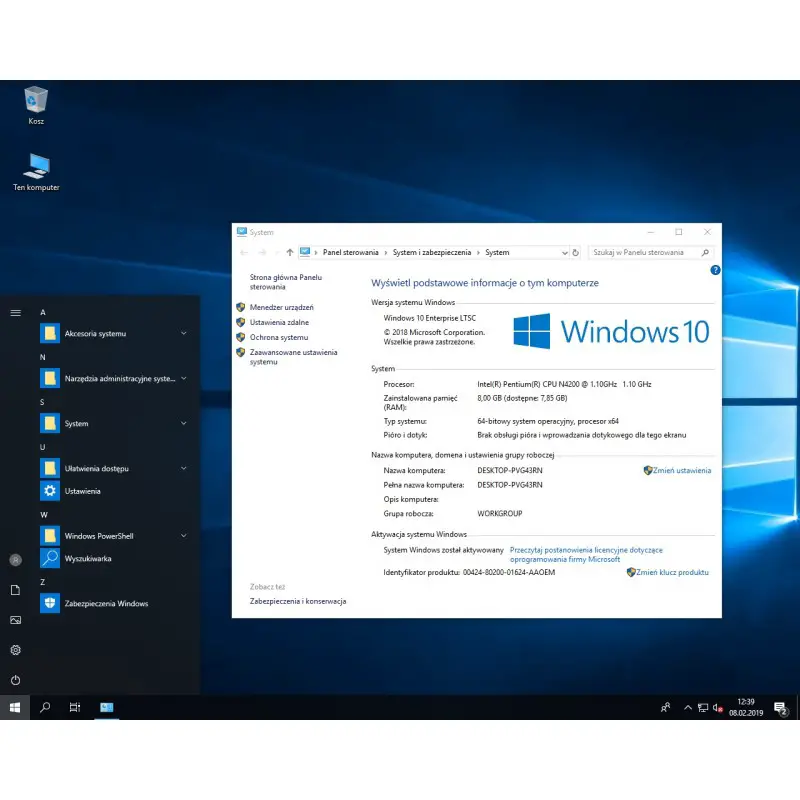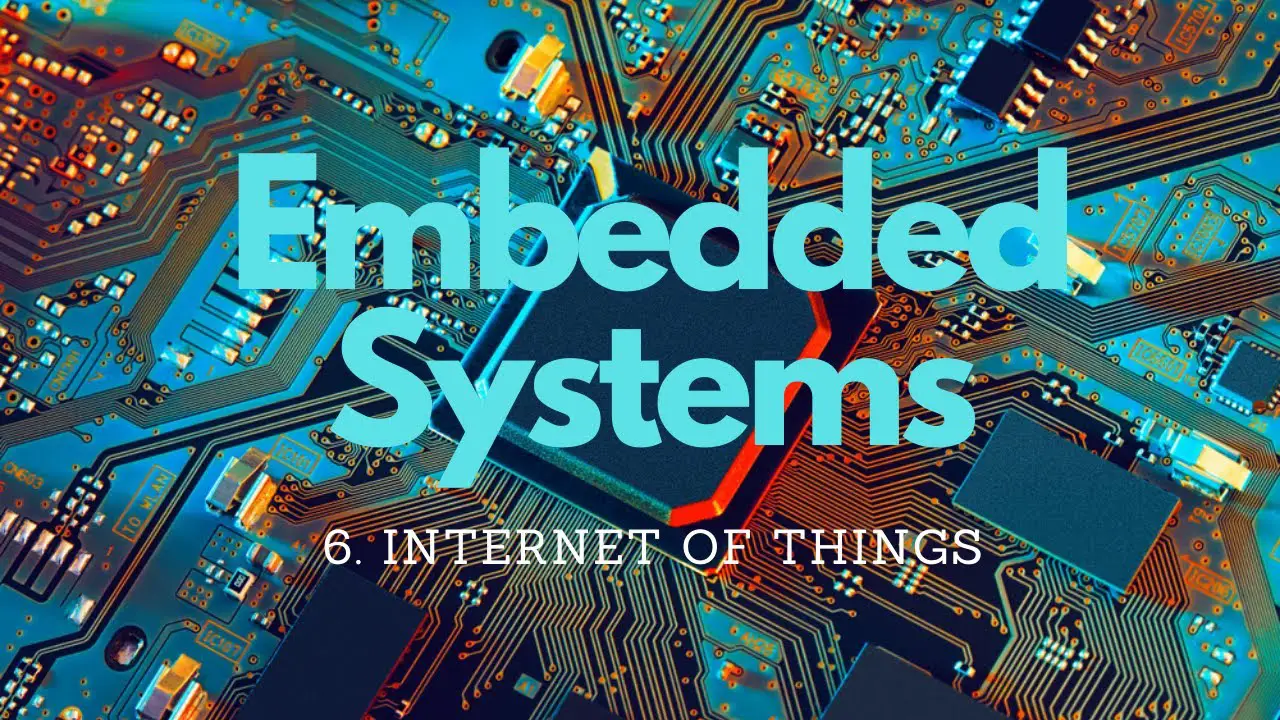Windows IoT and Embedded Systems

Windows IoT is a Microsoft operating system for embedded systems, first released in 2024. It is based on Windows 10 and is intended to be used in a variety of embedded devices, such as medical devices, industrial controllers, and point-of-sale systems. Windows IoT provides a platform for developers to create applications that run on these devices, and it also includes a number of built-in features that are useful for embedded systems, such as security and device management.

Benefits of Using Windows IoT for Embedded Systems

There are a number of benefits to using Windows IoT for embedded systems, including:
- A Familiar Development Environment: Windows IoT is based on Windows 10, so developers who are familiar with Windows development will be able to easily create applications for Windows IoT devices.
- A Wide Range of Supported Hardware: Windows IoT supports a wide range of hardware platforms, including devices based on Intel, ARM, and Qualcomm processors. This makes it easy for developers to find hardware that is suitable for their projects.
- Built-in Security Features: Windows IoT includes a number of built-in security features, such as secure boot and device authentication, which can help to protect devices from malware and other security threats.
- Device Management Tools: Windows IoT includes a number of device management tools that can be used to manage devices remotely. This can be useful for businesses that need to manage a large number of devices.
Applications of Windows IoT
Windows IoT is used in a wide variety of embedded systems, including:
- Medical Devices: Windows IoT is used in a variety of medical devices, such as patient monitors, imaging devices, and surgical robots.
- Industrial Controllers: Windows IoT is used in industrial controllers, such as programmable logic controllers (PLCs) and distributed control systems (DCSs).
- Point-of-Sale Systems: Windows IoT is used in point-of-sale systems, such as cash registers and self-checkout kiosks.
- Smart Building Systems: Windows IoT is used in smart building systems, such as lighting control systems, heating and cooling systems, and security systems.
Conclusion
Windows IoT is a versatile operating system that is well-suited for a variety of embedded systems. It offers a familiar development environment, a wide range of supported hardware, built-in security features, and device management tools. As a result, it is a popular choice for developers who are creating applications for embedded devices.# Windows IoT and Embedded Systems
Executive Summary
Windows IoT and Embedded Systems offer a wide array of opportunities and advantages for those looking to implement Internet of Things (IoT) solutions and embedded systems. This comprehensive guide delves into the intricacies of Windows IoT and Embedded Systems, exploring their distinct features, capabilities, and applications across various industries. Discover how these innovative technologies can transform businesses, enhance operational efficiency, and revolutionize customer experiences.
Introduction
Windows IoT and Embedded Systems represent the cutting-edge of IoT and embedded technology, providing a comprehensive platform for creating connected devices, automating processes, and gathering valuable data. With the increasing demand for IoT solutions across a plethora of industries, Windows IoT and Embedded Systems have emerged as compelling options due to their flexibility, scalability, and ease of use. This comprehensive guide unveils the essence of Windows IoT and Embedded Systems, shedding light on their components, applications, and benefits.
Key Sub-topics:
1. Windows IoT Overview:
-
Windows IoT: A specialized operating system designed specifically for IoT devices. It offers a compact footprint, enhanced security, and a vast library of pre-built components.
-
Universal Windows Platform (UWP): Provides a unified API and consistent development environment, enabling developers to create applications that can run across various IoT devices.
-
ARM and x86/x64 Architecture Support: Windows IoT supports a wide range of hardware architectures, including ARM and x86/x64, increasing its compatibility with a diverse array of devices.
2. Embedded Systems Fundamentals:
-
Definition: Embedded systems are specialized computing devices designed to perform dedicated tasks within a larger system. They are characterized by their compact size, low power consumption, and real-time capabilities.
-
Components: Typically consist of a microprocessor, memory, storage, sensors, and actuators. Embedded systems are often integrated into larger systems such as industrial machinery, medical devices, and automotive electronics.
-
Real-Time Operation: Embedded systems are designed to respond to events within predefined time constraints, enabling deterministic behavior and ensuring可靠性.
3. Windows Embedded Systems:
-
Windows Embedded: A tailored version of Windows designed explicitly for embedded system development. It offers a modular architecture, allowing customization and integration with specific hardware platforms.
-
Windows CE: A popular Windows Embedded variant known for its lightweight footprint and real-time capabilities. It is widely used in embedded devices such as point-of-sale systems and industrial controllers.
-
Windows Embedded Compact: Another Windows Embedded variant optimized for low-power devices with limited resources. It is often found in small IoT devices, handheld terminals, and automotive applications.
4. IoT Connectivity Options:
-
Wi-Fi: Provides wireless connectivity to local networks, enabling communication between IoT devices and other devices on the same network.
-
Cellular: Offers wireless connectivity to mobile networks, allowing IoT devices to transmit data over cellular networks.
-
Bluetooth: Enables short-range wireless communication between IoT devices and other devices, such as smartphones and tablets.
-
Zigbee: A low-power wireless protocol designed for IoT applications, offering extended range and mesh networking capabilities.
5. Data Collection and Analytics:
-
Sensors: IoT devices utilize various sensors to collect data from their environment, such as temperature, humidity, motion, and pressure.
-
Data Storage: Collected data is stored on the IoT device itself, on a remote server, or in the cloud.
-
Data Analytics: Advanced analytics techniques can be applied to the collected data to extract meaningful insights, identify trends, and make informed decisions.
6. Security Considerations:
-
Device Security: Protecting IoT devices from unauthorized access, data breaches, and cyberattacks is crucial. Robust authentication and encryption mechanisms are essential.
-
Data Security: Securing the data collected by IoT devices is paramount. Data should be encrypted both at rest and in transit to prevent unauthorized access and ensure data integrity.
-
Network Security: Ensuring the security of the network infrastructure that connects IoT devices is vital. Firewalls, intrusion detection systems, and secure network protocols should be implemented.
Conclusion
Windows IoT and Embedded Systems represent the future of IoT and embedded technology, offering a powerful platform for building connected devices, automating processes, and driving innovation across industries. With their flexibility, extensibility, and robust security features, Windows IoT and Embedded Systems provide the foundation for creating intelligent solutions that transform business operations, enhance customer experiences, and drive operational efficiency. Embracing Windows IoT and Embedded Systems opens doors to a world of possibilities, empowering organizations to unlock the full potential of the IoT revolution.
Keyword Phrase Tags
- Windows IoT
- Embedded Systems
- IoT
- Edge Computing
- Industrial Automation

Great post! I found this information really helpful.
This post is useless. It doesn’t provide any new information.
This post is a great overview of the topic. I would recommend it to anyone who is interested in learning more about Windows IoT and Embedded Systems.
I disagree with the author’s观点. I believe that Windows IoT and Embedded Systems are not as important as they make out to be.
This post is so well-written, I’m surprised it’s not in a museum.
Wow, this post is really groundbreaking. It’s not like I’ve read the same thing a hundred times before.
This post is so boring, I could fall asleep just reading it.
This post provides a good overview of Windows IoT and Embedded Systems. I would recommend it to anyone who is interested in learning more about the topic.
I disagree with the author’s观点. I believe that Windows IoT and Embedded Systems are not as important as they make out to be.
This post is so well-written, I’m surprised it’s not in a museum.
Wow, this post is really groundbreaking. It’s not like I’ve read the same thing a hundred times before.
This post is so boring, I could fall asleep just reading it.
Great post! I found this information really helpful.
This post is useless. It doesn’t provide any new information.
This post is a great overview of the topic. I would recommend it to anyone who is interested in learning more about Windows IoT and Embedded Systems.